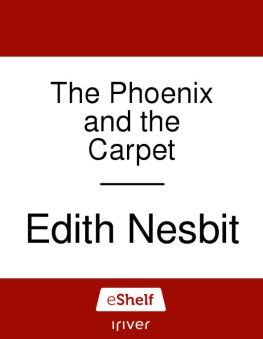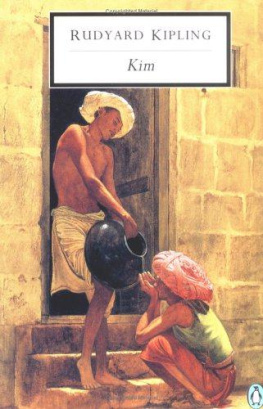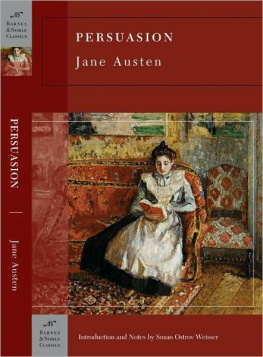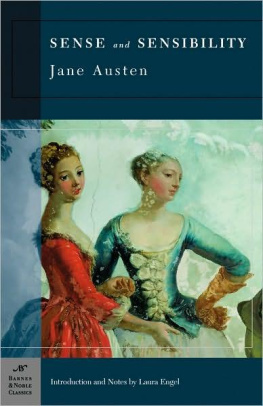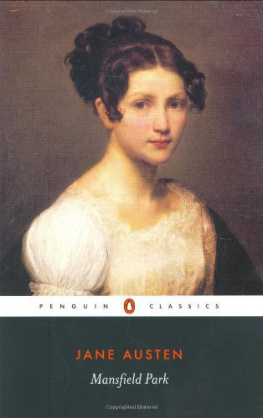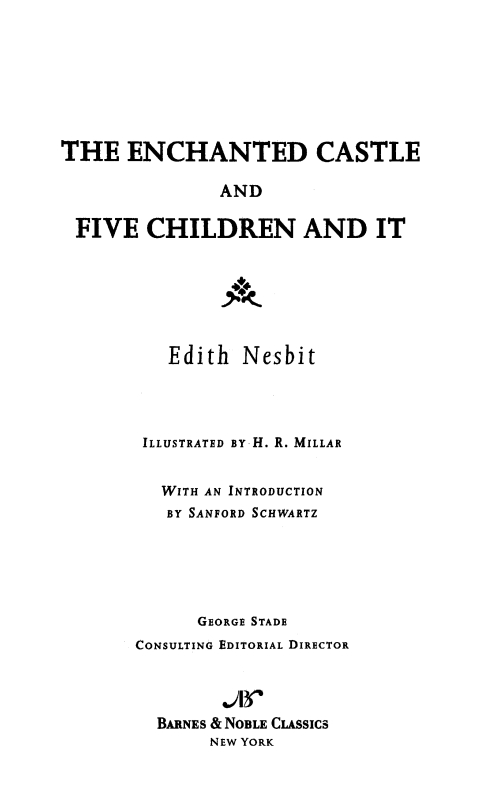
Table of Contents
FROM THE PAGES OF THE ENCHANTED CASTLE and FIVE CHILDREN AND IT
The children stood round the hole in a ring, looking at the creature they had found. It was worth looking at. Its eyes were on long horns like a snails eyes, and it could move them in and out like telescopes; it had ears like a bats ears, and its tubby body was shaped like a spiders and covered with thick soft fur; its legs and arms were furry too, and it had hands and feet like a monkeys.
(from Five Children and It, page 17)
I daresay you have often thought what you would do if you had three wishes given you, and have despised the old man and his wife in the black-pudding story, and felt certain that if you had the chance you could think of three really useful wishes without a moments hesitation. These children had often talked this matter over, but, now the chance had suddenly come to them, they could not make up their minds.
(from Five Children and It, pages 20-21)
I was always generous from a child, said the Sand-fairy. Ive spent the whole of my waking hours in giving. But one thing I wont givethats advice. (from Five Children and It, page 77)
Friends, Romans, countrymenand womenwe found a Sammyadd. We have had wishes. Weve had wings, and being beautiful as the dayugh!that was pretty jolly beastly if you likeand wealth and castles, and that rotten gipsy business with the Lamb. But were no forrader. We havent really got anything worth having for our wishes.
(from Five Children and It, page 126)
Why, dont you see, if you told grown-ups I should have no peace of my life. Theyd get hold of me, and they wouldnt wish silly things like you do, but real earnest things; and the scientific people would hit on some way of making things last after sunset, as likely as not; and theyd ask for a graduated income-tax, and old-age pensions and manhood suffrage, and free secondary education, and dull things like that; and get them, and keep them, and the whole world would be turned topsy-turvy.
(from Five Children and It, page 182)
And they were at school in a little town in the West of Englandthe boys at one school, of course, and the girl at another, because the sensible habit of having boys and girls at the same school is not yet as common as I hope it will be some day.
(from The Enchanted Castle, page 191)
Well, dont lets spoil the show with any silly old not believing, said Gerald with decision. Im going to believe in magic as hard as I can. This is an enchanted garden, and thats an enchanted castle, and Im jolly well going to explore. (from The Enchanted Castle, page 204)
There is a curtain, thin as gossamer, clear as glass, strong as iron, that hangs for ever between the world of magic and the world that seems to us to be real. And when once people have found one of the little weak spots in that curtain which are marked by magic rings, and amulets, and the like, almost anything may happen.
(from The Enchanted Castle, page 345)
The moonbeam slants more and more; now it touches the far end of the stone, now it draws nearer and nearer to the middle of it, now at last it touches the very heart and centre of that central stone. And then it is as though a spring were touched, a fountain of light released. Everything changes. Or, rather, everything is revealed. There are no more secrets. The plan of the world seems plain, like an easy sum that one writes in big figures on a childs slate.
(from The Enchanted Castle, page 409)
It is all very well for all of them to pretend that the whole of this story is my own invention: facts are facts, and you cant explain them away.
(from The Enchanted Castle, page 412)
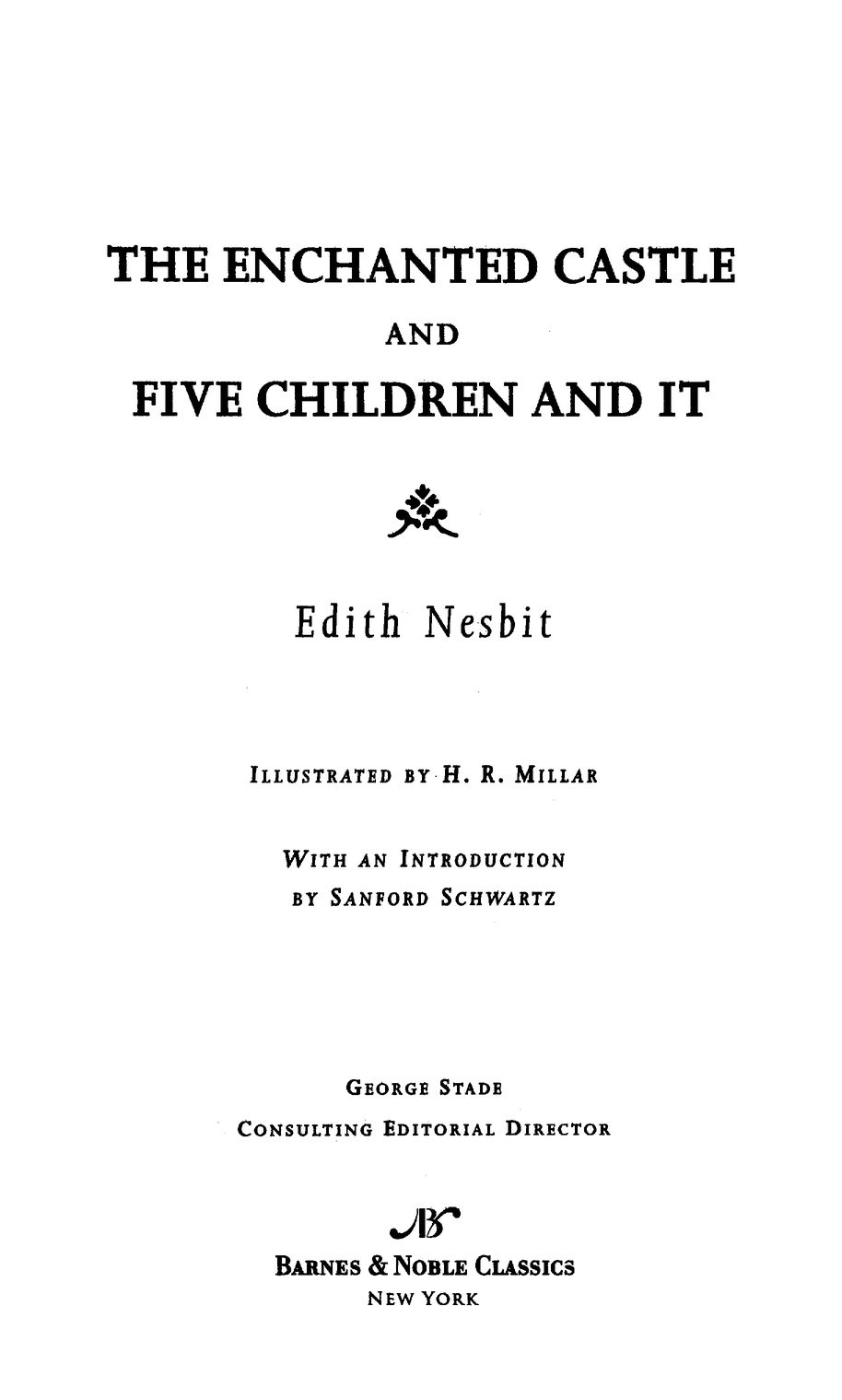
EDITH NESBIT
Edith Nesbit, a pioneer of twentieth-century childrens fiction, was one of the major authors of the Golden Age of childrens literature, which included Lewis Carroll, George MacDonald, Louisa May Alcott, Rudyard Kipling, Beatrix Potter, J. M. Barrie, Kenneth Grahame, and Frances Hodgson Burnett. She was born in 1858, the youngest of six children. Her childhood was disrupted in 1862 by the sudden death of her father, the head of a small agricultural college in South London. For several years, Ediths mother ran the college on her own, but when Ediths sister Mary contracted tuberculosis, Mrs. Nesbit began moving the family to various locations in England and France in an ultimately futile effort to find a suitable climate. The energetic and sometimes mischievous Edith was sent off intermittently to boarding schools, where she was often unhappy. At other times, she was allowed to roam freely through the countryside around the homes the family rented. She began publishing poetry in her teens, and though her lasting reputation is based on her childrens books, she aspired to become a major poet throughout her life.
In 1880 Edith married the dashing and politically active Hubert Bland and soon afterward gave birth to their first child. Four years later the couple joined Sidney and Beatrice Webb, George Bernard Shaw, and several others as founding members of the Fabian Society, an influential circle of progressive intellectuals who would play a major role in the formation of social policy over the coming decades; Bland edited the societys journal. Since he was an uncertain breadwinner, Edith began to support the family by her writing. For nearly two decades she composed (in addition to her verse) a multitude of essays, short stories, adult novels, and tales for children, often working at top speed to keep the family afloat. At the same time, she adopted the image of the so-called New Woman, cutting her hair short, wearing loose-fitting aesthetic clothing, and assuming what was then the exclusively male prerogative of smoking cigarettes. Tall, athletic, and by all accounts highly attractive, she also responded to her husbands incessant womanizing by conducting affairs of her own, including a short-lived romance with George Bernard Shaw.
After twenty years of prolific publication and modest critical success, Nesbit finally achieved acclaim with the release of her first childrens novel, The Story of the Treasure Seekers (1899), a family adventure story. It was the start of a remarkable period of creative activity. The Wouldbegoods, a sequel to her first novel, appeared in 1901, followed by The New Treasure Seekers (1904). During this time, she also wrote her first fantasy novel, Five Children and It (1902) and employed the same five children in two sequels, The Phoenix and the Carpet (1904) and The Story of the Amulet (1906). In 1906 she published one of her most enduring family adventure tales, The Railway Children, and in the following year The Enchanted Castle (1907), which many regard as her most mature work of childrens fiction. Inspired by H. G. Wellss The Time Machine (1895), she then produced two time-travel romances for children, The House of Arden (1908) and its sequel, Hardings Luck (1909), and several other works of fantasyThe Magic City (1910), The Wonderful Garden (1911), The Magic World (1912), and Wet Magic (1913). Her output declined dramatically after Huberts death in 1914. At the time of Edith Nesbits death, on May 4, 1924, her literary reputation had ebbed, but it recovered in the 1930s, and ever since she has been regarded as one of the seminal voices of modern childrens literature.
THE WORLD OF EDITH NESBIT AND THE ENCHANTED CASTLE AND FIVE CHILDREN AND IT
Next page

